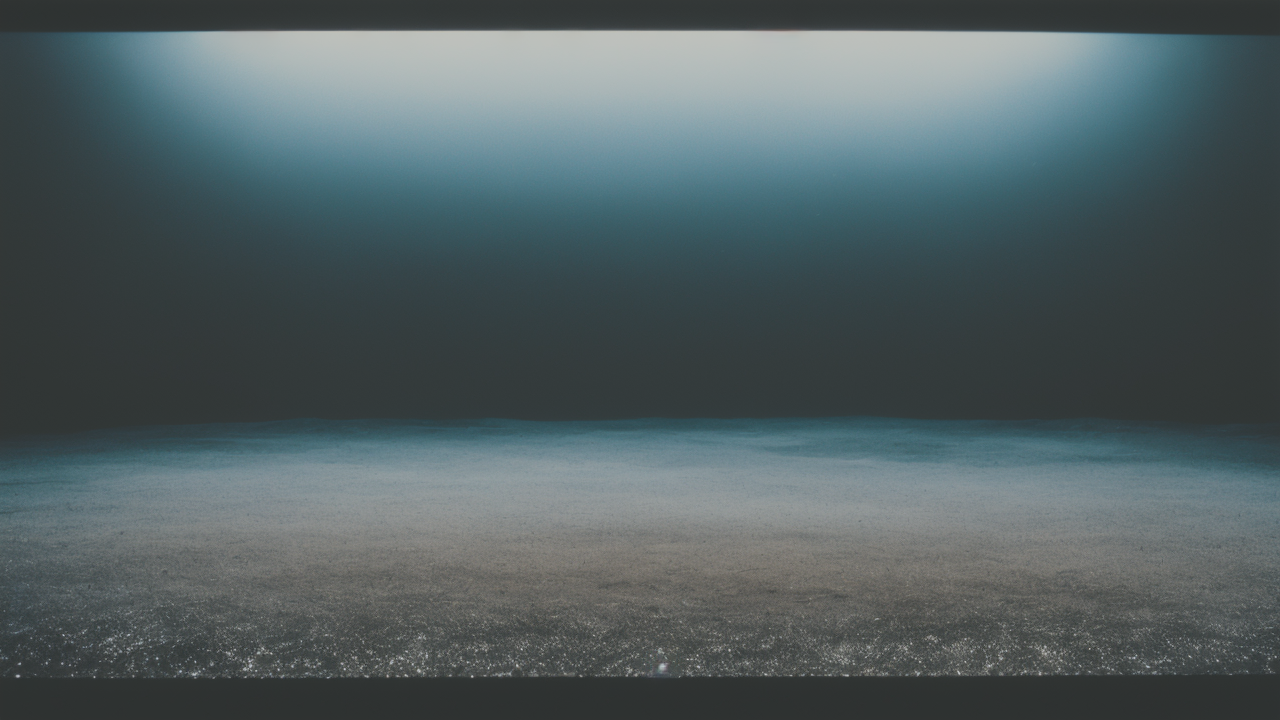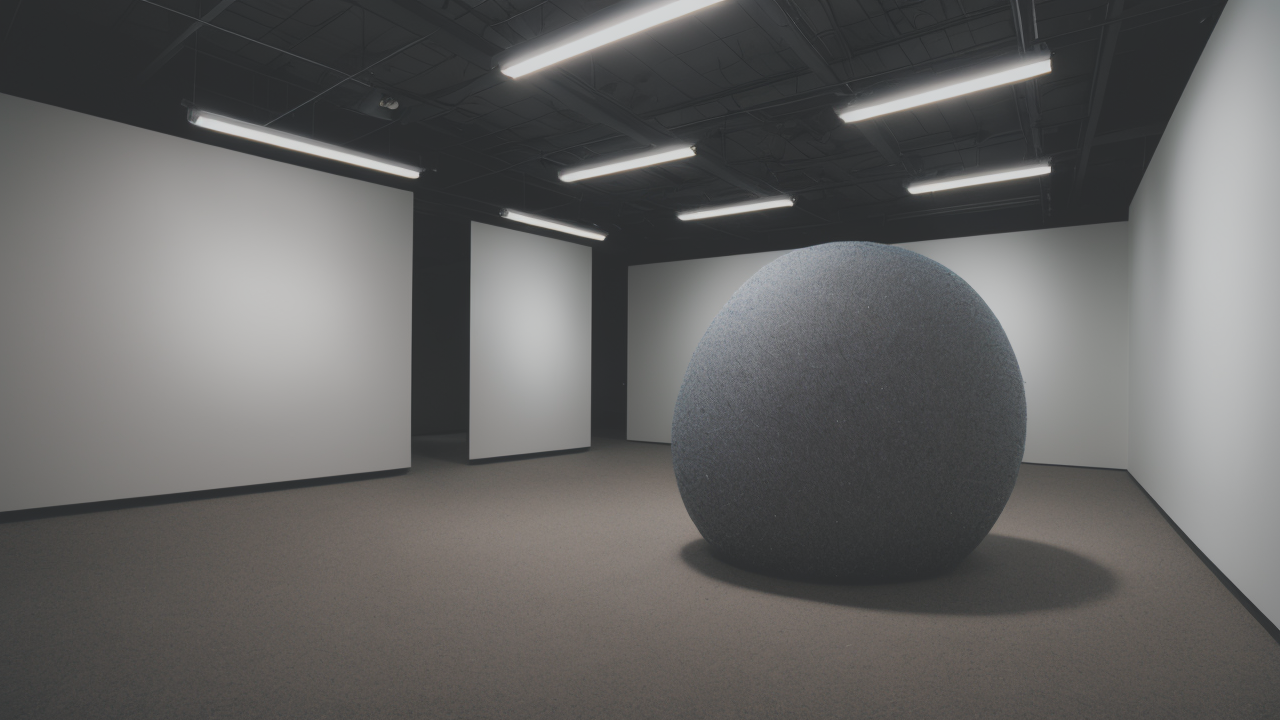
Elevate Your Space: Curating a Set of Minimalist Paintings for Impact
The Minimalist Movement in Contemporary Art
The Roots of Minimalism in Art History
Minimalism in art started in the 1960s. It was a reaction to complex art forms. Artists wanted to strip away excess. They focused on basic shapes and colors. The goal was to create art that spoke for itself. No hidden meanings, just pure visual impact. Key figures like Donald Judd and Frank Stella led this movement. They made art that was bold yet simple. This new style changed how people viewed art. It opened doors for new ideas in the art world. Minimalism was about reducing art to its core elements. It was a fresh take on what art could be. This style paved the way for many modern art forms we see today.

Defining Minimalism: Aesthetic & Intent
Minimalism is all about simplicity and clarity. It uses basic elements in art. Think clean lines, solid colors, and simple shapes. The aim is to remove distractions. Artists want viewers to focus on the essence of the work. There's often a 'less is more' philosophy at play. Minimalist art can be sculptures, paintings, or installations. It's not just about looks. It's also about the concept behind the work. The goal is to create a pure, uncluttered experience. This approach has influenced many areas of design and culture. Minimalism seeks to find beauty in simplicity. It challenges us to see the value in basic forms.
The Influence of Minimalism on Modern Artists
Minimalism has left a lasting mark on modern art. Many artists today draw inspiration from its principles. They appreciate the power of simplicity and clean design. Some blend minimalism with other styles for unique results. Artists like Yayoi Kusama mix minimalism with bold patterns. Others, like Anish Kapoor, create simple yet impactful sculptures. Minimalism has also influenced digital art and graphic design. Its principles help create clear, effective visuals. The style continues to evolve, inspiring new generations of artists. It shows that complex ideas can be expressed through simple forms.
KAWS: Blending Art with Pop Culture
The Origin Story of KAWS: Art and Commerce
KAWS, born Brian Donnelly, started as a graffiti artist in New York. He gained fame by altering ads on bus shelters and phone booths. His work caught the eye of both art lovers and brands. KAWS created his iconic XX-eyed characters, which became his trademark. He then moved into designing toys and collectibles. This blend of street art and commerce was new and exciting. KAWS' work bridged the gap between high art and popular culture. He collaborated with brands like Uniqlo and Dior. His art became accessible to a wide audience through these partnerships. KAWS showed that art could be both critically acclaimed and commercially successful.

KAWS' Contribution to the Minimalist Movement
KAWS brings a unique twist to minimalism. He combines simple forms with bold colors and familiar icons. His sculptures often feature basic shapes and clean lines. But they also include pop culture references. This blend creates a new form of minimalist pop art. KAWS' characters are simple yet instantly recognizable. He strips down complex ideas into their basic elements. This approach aligns with minimalist principles. Yet, it also adds a layer of cultural relevance. KAWS shows that minimalism can be both simple and engaging. His work proves that less can indeed be more, even in popular art.
Collaborations and Crossovers: Expanding the KAWS Universe
KAWS has expanded his art through many collaborations. He's worked with fashion brands, toy makers, and even music artists. These projects bring his art to new audiences. For example, his work with Uniqlo made his designs affordable and accessible. He's also created album covers for Kanye West and Travis Scott. These crossovers blur the lines between art, fashion, and pop culture. KAWS' collaborations show how minimalist art can adapt to different mediums. They prove that simple designs can have a big impact across various fields. His success opens doors for other artists to explore commercial avenues.
The Impact of KAWS on the US Art Scene
The Economic Influence of KAWS' Artwork
KAWS has had a significant impact on the art market. His works often sell for millions at auctions. This success has raised the profile of contemporary art. It's shown that pop-inspired art can have serious value. KAWS' popularity has also boosted the collectibles market. His limited-edition toys and prints are highly sought after. This has created a new category of affordable art collecting. KAWS' success has inspired other artists to explore commercial avenues. His work proves that art can be both critically acclaimed and commercially successful. It's changing how we view the value of contemporary art.

KAWS and Art Education: Minimalism as a Pedagogical Tool
KAWS' art has become a valuable tool in art education. His work introduces students to minimalism in a relatable way. Teachers use KAWS' characters to explain basic design principles. Students learn about color, shape, and composition through his art. KAWS' success story also inspires young artists. It shows them different paths in the art world. His work helps bridge the gap between street art and fine art. This makes art more accessible and engaging for students. KAWS' influence has helped bring contemporary art into classrooms. It's making art education more relevant and exciting for new generations.
The Future of Minimalism in the United States
Minimalism continues to evolve in the US art scene. Artists like KAWS are pushing its boundaries. They're combining minimalist principles with pop culture elements. This new approach is making minimalism more accessible to wider audiences. We're seeing a rise in minimalist-inspired design across many fields. From architecture to product design, simplicity is key. The future of minimalism looks bright and diverse. It's likely to continue influencing various aspects of American culture. As artists experiment, we can expect new and exciting forms of minimalist art to emerge. The legacy of KAWS and others ensures that minimalism will remain a vital force in art.


